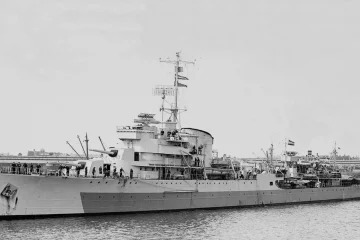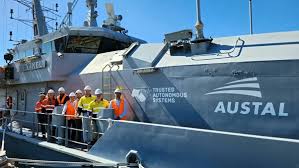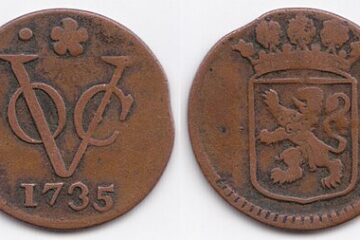During World War II, the SS Tasman, a Dutch steamship operated by the Koninklijke Paketvaart Maatschappij (KPM), became part of an extraordinary Dutch Australian connection. From wartime evacuations and military support to post-war links between the Netherlands East Indies (NEI) and Australia, the Tasman offers a glimpse into a lesser known but significant chapter of shared maritime history.
A Dutch ship in Allied service

Built in 1921, the Tasman was part of the extensive KPM fleet servicing the Dutch East Indies and regional ports, including Australia. As the Pacific War escalated in early 1942, and with the Japanese advance into the NEI, the Tasman and more than 20 other KPM vessels fled south to Australia. These ships were subsequently placed under Allied command and used by the U.S. Army’s Southwest Pacific Area (SWPA) operations.
The Tasman was initially repurposed as a troop transport vessel. From Australian ports, it played a key role in transporting Australian and American troops and equipment to New Guinea and other contested zones. In early 1943, the ship underwent conversion in Melbourne to serve as a hospital ship and operated in that capacity until the end of the war.
A vessel of refuge and regrouping
While detailed passenger manifests are limited, it is well documented that KPM ships like the Tasman were used to evacuate both military and civilian personnel from Java, Singapore, and other NEI territories under threat. In particular, the Tasman is recorded as having evacuated elements of the Royal Air Force and civilians from Singapore and Surabaya to Australia.
Given the presence of the NEI government-in-exile in Brisbane and the establishment of NEI military and welfare institutions in Australia, it is likely that the Tasman helped facilitate the transport of Dutch and NEI evacuees, both military and civilian. The existence of Dutch-run hospitals in Sydney and the creation of the Netherlands Indies Welfare Organisation for Evacuees (NIWOE) suggest a wider infrastructure supporting displaced persons who may have arrived on vessels such as the Tasman.
Post-war uncertainty and potential migrant links
After the war, the Tasman was returned to KPM in July 1947. Its post-war role in carrying refugees or Dutch migrants from Indonesia or the Netherlands to Australia is confirmed in the article below from 1947. While the Tasman does not appear on the main lists of migrant ships used during the peak of post-war Dutch immigration (such as the Johan van Oldenbarnevelt or Groote Beer), the vessel most probably participated in smaller-scale movements of NEI evacuees or early post-war migrants.
Researching the Tasman’s legacy
Passenger arrival records for the Tasman from 1924 onwards are held by the National Archives of Australia (NAA) and searchable through their RecordSearch system.
Although not as well-known as some of the later Dutch migrant ships, the SS Tasman holds an important place in the maritime heritage connecting the Netherlands, the NEI, and Australia. It was a ship of rescue, of wartime service, and of transition for those caught in the great upheavals of mid-20th-century history.


